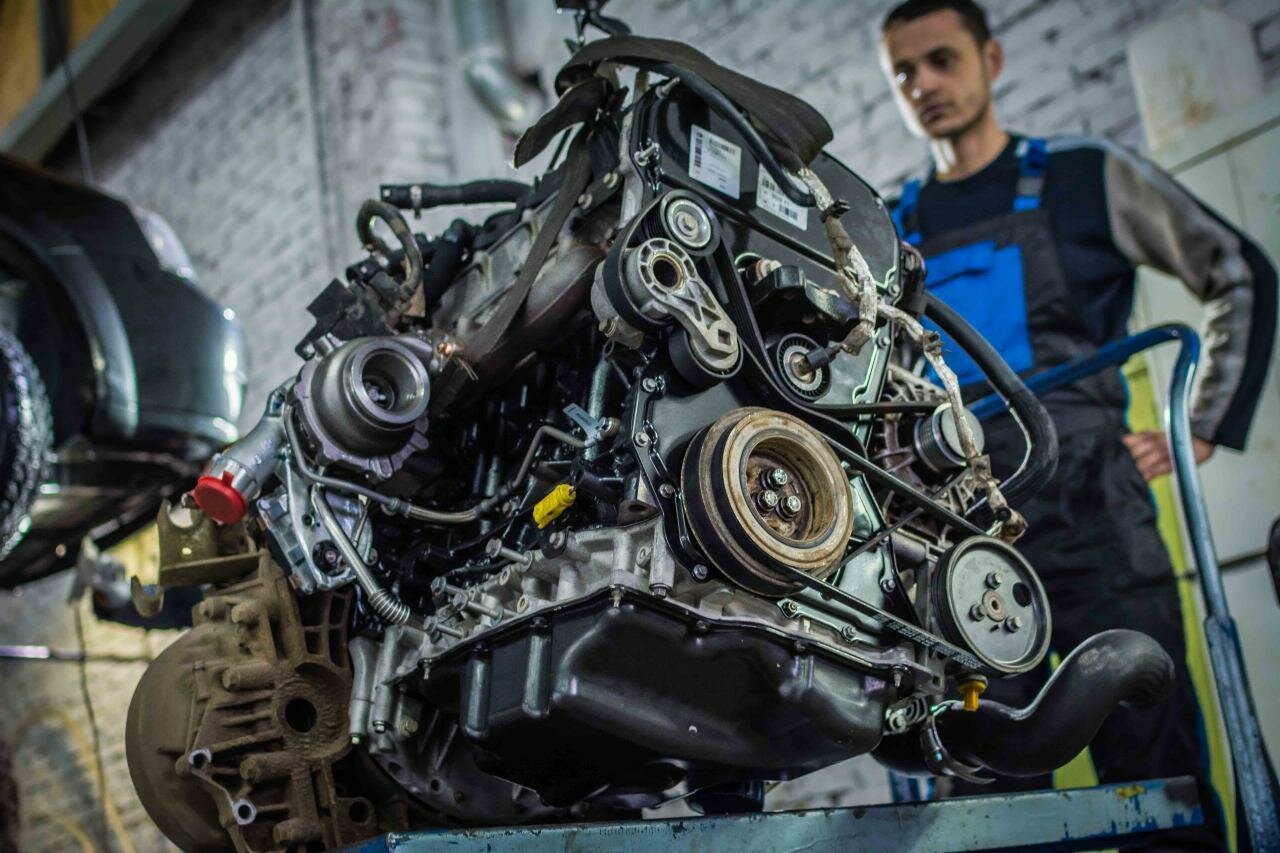Cat C9.3 Engine Overview
The Cat C9.3 engine, manufactured by Caterpillar Inc., has been a significant player in the heavy equipment and industrial engine market since its introduction. This engine is part of Caterpillar’s C-series lineup, which is known for its durability, efficiency, and performance in demanding applications. The C9.3 engine is designed for various uses, including construction, agriculture, and marine applications, making it a versatile choice for operators who require reliable power sources.
Historical Context
Caterpillar has a long-standing reputation for producing robust engines that withstand the rigors of heavy-duty work. The C9.3 engine was developed to meet the evolving needs of the industry, incorporating advanced technology and engineering practices. Over the years, it has been utilized in numerous applications, from powering excavators to serving as a generator set in remote locations. However, like any mechanical system, the C9.3 engine is not without its issues.
Despite its strong performance characteristics, users have reported a range of problems that can affect the engine’s reliability and efficiency. Understanding these issues is crucial for operators and maintenance personnel who rely on the C9.3 engine for their daily operations. This article will delve into the common problems associated with the Cat C9.3 engine, providing a straightforward examination of its shortcomings and the implications for safety and performance.
Common Issues with the Cat C9.3 Engine
The Cat C9.3 engine, while known for its power and versatility, has been reported to experience several significant problems that can hinder performance and reliability. Understanding these issues is essential for operators and maintenance teams to ensure optimal functioning and safety.
Overheating Issues
One of the most frequently reported problems with the Cat C9.3 engine is overheating. This can occur due to various factors, including:
- Inadequate coolant levels
- Faulty thermostats
- Clogged radiators
- Poor airflow around the engine
Overheating can lead to severe engine damage if not addressed promptly, including warped cylinder heads and damaged gaskets.
Fuel System Complications
Fuel system issues are another common concern. Problems can arise from:
- Contaminated fuel
- Clogged fuel filters
- Faulty injectors
These complications can result in poor engine performance, increased emissions, and higher fuel consumption. Regular maintenance of the fuel system is crucial to prevent these issues.
Oil Leaks
Oil leaks can occur in various locations within the engine, leading to decreased lubrication and potential engine failure. Common sources of oil leaks include:
- Worn gaskets
- Damaged seals
- Cracks in the engine block
Addressing oil leaks promptly is essential to maintain engine integrity and prevent catastrophic failures.
Electrical System Failures
The electrical system of the Cat C9.3 engine can also present challenges. Issues may arise from:
- Faulty sensors
- Wiring problems
- Battery failures
Electrical failures can lead to starting issues, erratic engine behavior, and can compromise safety systems.
Exhaust System Problems
The exhaust system is critical for engine performance and emissions control. Problems can include:
- Clogged diesel particulate filters (DPF)
- Leaking exhaust manifolds
- Faulty turbochargers
These issues can result in reduced power output, increased emissions, and potential legal ramifications due to non-compliance with environmental regulations.
Top views |
|
|---|---|
 |
Oil, Timing Chains, Pistons: What Really Kills an Engine Prematurely? |
 |
How to Choose a Car with a Reliable Engine: Used Car Market Hacks That Actually Work |
Symptoms and Consequences
Understanding the symptoms associated with these problems is vital for early detection and mitigation. Below is a table summarizing common symptoms and their potential consequences.
| Symptom | Potential Consequence |
|---|---|
| Engine overheating | Warped cylinder heads, gasket failure |
| Poor engine performance | Increased emissions, higher fuel consumption |
| Oil leaks | Decreased lubrication, engine failure |
| Starting issues | Operational downtime, safety risks |
| Reduced power output | Inability to perform required tasks |




0 Comments